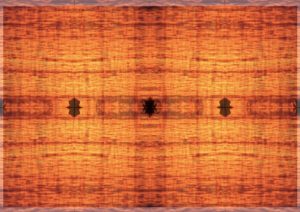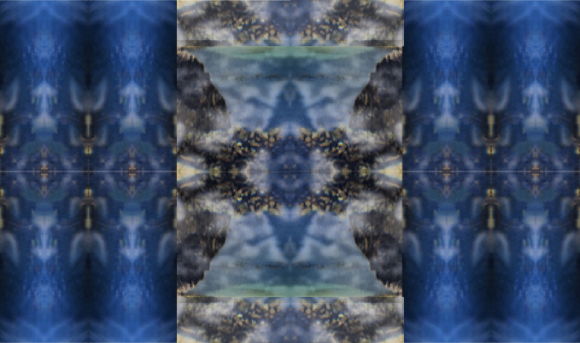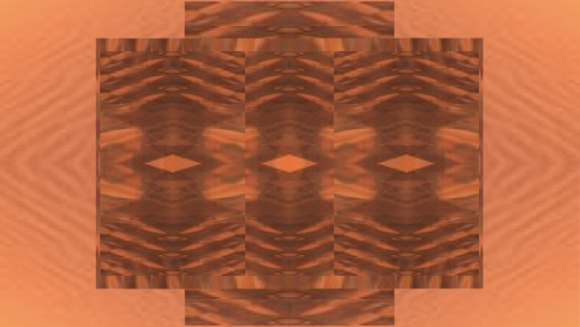In my last post, I left it at the observation that archaic images (urtümliche Bilder) as Jung defines them already have a certain assumption of “timelessness” built into them — since they are specified as those which have “mythological qualities” and can be be found across times and cultures.
From a methodological point of view, there are plenty of difficulties with that definition. First, it’s far from clear who decides which commonality is a “notable conformity” and which isn’t; secondly, it’s at least as likely that we read patterns into the historical material rather than out of it; thirdly, any symbolism that spans different times and cultures is necessarily very general and vague, and similarities are to some degree arbitrary; and fourthly, even ignoring all that, we’d still have not theoretical reason to suppose that such a notion of archaic images wouldn’t be empty (i.e., once we examine each of the candidates, they all turn out to be more culture- or time-specific than first supposed, and we’re left with nothing that really is common to all times and cultures).
Perhaps this last objection, at least, is not entirely fair. For although Jung might have ignored a number of methodological difficulties, he certainly did derive his notions from some observations in his own psychotherapeutic practice (and that of colleagues with whom he was in exchange), and thus we can’t simply have a non-phenomenon here. The archaic imagery he cites in various examples (and also in the extended case study that is Symbols of Transformation) are certainly there, and even though they wouldn’t meet the standards of empirical observation (as required by objective science) or even those of comparative disciplines of today, they do form an sufficiently coherent phenomenology to justify Jung’s attempts to extract psychological theory out of them. (A speculative rather than empirical kind of psychological theory, to be sure, but a theory nonetheless.) But if that is the case, then it’s certainly more their subjective quality, and its appeal to Jung’s generation of psychotherapists, rather than any supposed objective anthropological invariant which marks them as the phenomenon Jung sees relevant.

Returning to the question of “timelessness”: there is a certain difference between Freud’s notion of timelessness in the unconscious (which I looked at before) and Jung’s here.
In Freud’s view, there are unconscious psychological processes which can repeat endlessly, unchanged — but which still must have originated in an earlier personal experience, typically taken to be in early childhood. There are a number of theoretical tenets of Freud which come together here: everything in the psyche must have a causal history and relate to an experience of that same person (basically an empiricist world view), experiences which cannot be recalled have likely been repressed, and once repressed (i.e. become unconscious) they are preserved and repeat unchanged, though unintelligible to the subject themselves. (Which is precisely where the “timelessness” comes in.) Note, however, that the first of these two tenets are well established (partly just being the dominant scientific view in his time, and partly by Freud’s work itself), whereas the third remains an assumption, barely mentioned on a few occasions, but never really argued for — or even made plausible (as far as I can make out). It’s a hypothesis Freud needs to introduce in order to make his theory work. He needs the “timelessness” of the unconscious as a theoretical component, and thus assumes certain psychological mechanisms which supposedly preserve thoughts, emotions, behaviors and the like through endless, unchanging repetitions. (Wollheim’s Thread of Life, again as quoted before, is an attempt to detail this out, using the conceptual apparatus of dispositions and episodes, iconic imagery, and so on.)
In Jung, in contrast, the timelessness gets a more sound theoretical standing. It remains an assumption; but the assumption is no longer about psychological mechanisms in individual persons, but rather about the connections between imagery in myth and individual psyches, and there is an intelligible connection between collective and individual phenomena: namely, the parallels between dream material and mythical narrative. (This doesn’t necessarily make it plausible, however; and, methodologically speaking, the claim that these parallels mean anything still needs argument, not merely more and more examples of supposed parallels.)



